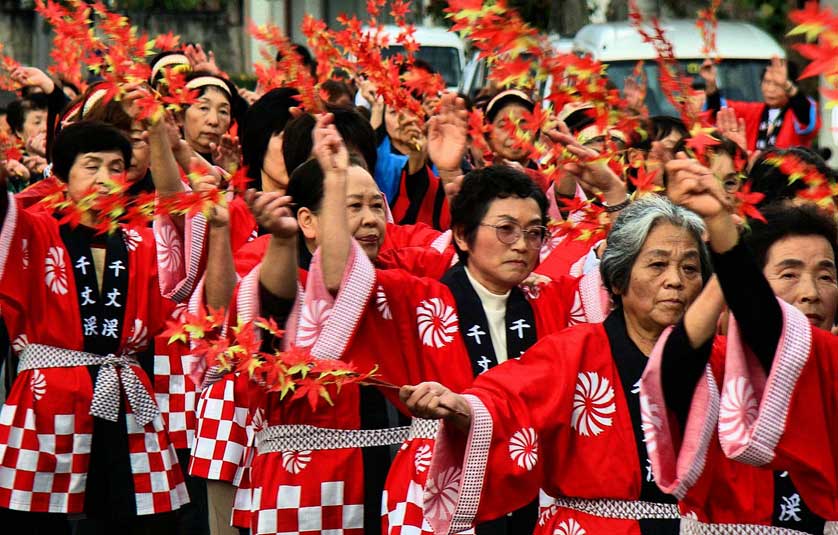Difference between revisions of "Happi"
From AmtWiki
Weird Bird (talk | contribs) (No longer a blank page. Hooray!) |
Weird Bird (talk | contribs) m |
||
| Line 2: | Line 2: | ||
The happi (or hapi/happi coat) is a type of Japanese coat similar to the [[haori]] which first appeared in the Edo period. | The happi (or hapi/happi coat) is a type of Japanese coat similar to the [[haori]] which first appeared in the Edo period. | ||
| − | |||
[[File:Happis-worn-at-festival.jpg|thumb|A group of Japanese women at a festival wearing happi coats.]] | [[File:Happis-worn-at-festival.jpg|thumb|A group of Japanese women at a festival wearing happi coats.]] | ||
Revision as of 22:07, 12 March 2024
The happi (or hapi/happi coat) is a type of Japanese coat similar to the haori which first appeared in the Edo period.
Difference between Haori and Happi
During the Edo period, while the haori was exclusively worn by the chōnin (Japanese upper-class), the happi was regarded as a worker's or artisan's jacket, and was worn as a uniform by firefighters and house servants, with a mon (emblem/crest) on the back to indicate the family or organization they belonged to.
In modern Japan, the happi is usually only worn at festivals.
Links
- Haori on AmtWiki
- Happi pattern and tutorial
